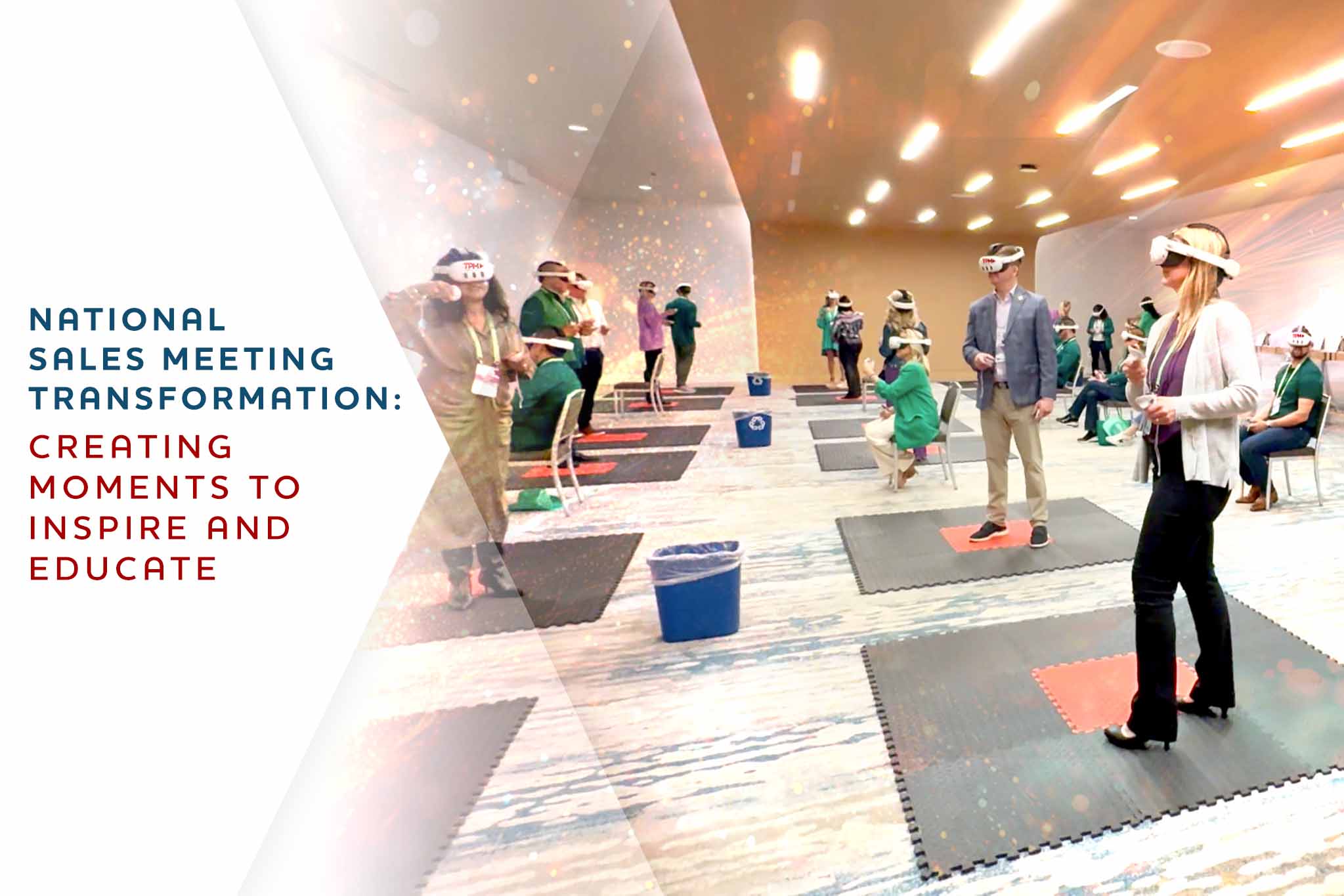In the evolving landscape of healthcare, the introduction of extended reality in healthcare is revolutionizing patient care, merging the lines between virtual presence and real-world empathy. As technology carves new pathways for medical training and patient interaction, healthcare professionals are finding innovative ways to enhance patient satisfaction and bridge the gap in understanding patient experiences. This shift towards augmented reality and immersive technologies is not just changing the method of healthcare delivery but is reshaping the very foundation of patient-provider interactions, focusing on a more empathetic, understanding, and patient-centered approach.
This article delves into the current practices of empathy in healthcare, highlighting their limitations, and introduces virtual reality as a cutting-edge tool for empathy training among healthcare providers. By exploring the development of effective VR empathy training programs, we will analyze their potential to transform patient care. Additionally, we will discuss the methods employed to measure the impact of immersive technologies on patient satisfaction and the overall healthcare experience. As you navigate through this exploration, you’ll gain insight into the role of augmented reality and extended reality in fostering a deeper understanding and connection between healthcare providers and patients, thus paving the way for a future where empathetic patient care is at the forefront.
Empathy in Healthcare: Current Practices and Their Limitations
Traditional Empathy Training Methods
Empathy and compassion are fundamental to quality healthcare, yet current practices often see physicians missing key opportunities to connect empathetically with patients. Training programs exist, aiming to cultivate these essential skills, but there is no standardized approach across the medical field. This lack of uniformity means that while some healthcare providers receive comprehensive training, others might not receive adequate preparation to develop these crucial interpersonal skills.
Why Current Practices Fall Short
Despite the critical role of empathy in patient care, evidence suggests a compassion crisis within the healthcare sector, characterized by inconsistent compassionate patient care. This crisis is exacerbated during medical and residency training, where studies have shown a notable decline in empathy and compassion among trainees. This decline is often attributed to the overwhelming focus on biomedical aspects rather than holistic patient-centered care.
Furthermore, the effectiveness of existing empathy training is questionable. Research indicates that while empathy can be enhanced through specific interventions, the improvements may not be long-lasting. Healthcare settings frequently report a lack of empathetic engagement, highlighting a disconnect that affects patient satisfaction and overall care outcomes.
To address these challenges, it is imperative to develop and implement evidence-based training curricula that focuses on the specific skills and behaviors that promote empathy and compassion in patient interactions. Such programs should not only be a part of initial medical education but also continue as ongoing professional development for practicing healthcare providers to ensure sustained empathetic engagement in all medical encounters.
Virtual Reality: A New Frontier for Empathy Training
Advantages of VR Over Traditional Methods
Virtual Reality (VR) is transforming empathy training in healthcare by providing immersive experiences that traditional methods cannot offer. VR technology simulates real-life scenarios, allowing healthcare providers to experience the physical and emotional states of their patients. This is achieved by stimulating sensory receptors to create new neural pathways, which in turn, enhance decision-making skills post-simulation. Companies like Oculus have developed VR solutions that enable doctors to experience conditions such as dementia from a patient’s perspective, adding depth to their understanding and empathy.
Success Stories
The implementation of VR in medical training has led to significant improvements in empathy towards patients. For instance, the University of New England has utilized VR to allow medical students to experience age-related conditions like macular degeneration and hearing loss, which has proven to increase empathetic understanding towards older patients. Additionally, immersive VR scenarios that simulate difficult conversations about terminal illnesses help doctors improve their communication skills and manage patient and family emotions more effectively.
Research supports the effectiveness of VR in enhancing empathy. Studies have shown that VR training increases healthcare students’ understanding of conditions like Alzheimer’s and other age-related issues. Moreover, VR has been used effectively in conflict resolution training, providing healthcare professionals with the tools to handle stressful situations through practices like mindfulness and cognitive reframing.
In summary, VR not only facilitates a deeper connection between healthcare providers and patients but also equips medical professionals with the skills necessary to improve patient care through enhanced empathetic interactions.
Developing Effective VR Empathy Training Programs
Components of a Successful Program
Developing effective VR empathy training programs involves several crucial components. Firstly, it is essential to create realistic simulations that accurately mimic real-life scenarios, which are critical in fostering genuine empathetic responses. These scenarios should include a variety of high-stress situations, technical environments, and emotionally demanding interactions to ensure comprehensive training.
Another key component is the flexibility of the training modules. Programs should allow for repeated practice and the ability to test different strategies and approaches. This flexibility helps learners to adapt and find the most effective methods for themselves, rather than being restricted to predefined responses.
Customizing VR Scenarios for Different Specialties
To maximize the impact of VR training, it’s crucial to tailor scenarios to specific medical specialties. For instance, empathy training for oncology might include simulations of delivering difficult news to patients, while pediatrics could focus on understanding the unique perspectives of children.
Customizing scenarios also involves adjusting the complexity and intensity of the simulations based on the learner’s level of expertise. For beginners, simpler scenarios can help build confidence, while more complex simulations for advanced learners can refine and challenge their skills. This approach ensures that all participants, from students to seasoned professionals, receive appropriate and effective training tailored to their specific needs and contexts.
Implementing these tailored training programs not only enhances the empathetic abilities of healthcare providers but also significantly improves patient care by ensuring that all healthcare interactions are approached with a deep understanding and genuine empathy.
Measuring the Impact of VR on Patient Care
Metrics for Success
The effectiveness of Virtual Reality (VR) in healthcare training can be quantitatively measured by various metrics. Studies have highlighted that VR learners, when retested six weeks post-training, showed an 80% knowledge retention rate, significantly higher than those trained by traditional methods. Furthermore, VR-trained participants were able to perform medical procedures with increased accuracy and speed, completing specific steps 38% more correctly compared to their traditionally trained counterparts. These metrics not only demonstrate VR’s capacity to enhance learning but also its potential to improve patient care by ensuring healthcare professionals are better prepared and more confident in their clinical skills.
Patient and Clinician Feedback
Feedback from both patients and clinicians provides crucial qualitative insights into the impact of VR on patient care. Clinicians report that VR training has significantly improved their communication skills, which is pivotal in managing patient and family emotions, especially in high-stress scenarios such as discussing terminal illnesses. Additionally, immersive VR training environments have been shown to increase empathy among healthcare professionals, leading to a deeper understanding of patient experiences and challenges.
Patients also benefit from the enhanced empathetic approach of VR-trained healthcare providers. For example, at Carle BroMenn Medical Center, nurses trained in VR scenarios for sepsis management reported increased confidence and competency, which translated into improved patient care outcomes. Similarly, Boston Children’s Hospital utilized VR scenarios in the Cardiac ICU to prepare nurses for real-life emergencies, significantly enhancing their readiness and effectiveness in patient care.
By integrating VR into healthcare education, the training not only becomes more engaging but also more impactful, fostering a healthcare environment that is both empathetic and efficient.
Conclusion
Throughout the exploration of empathy within healthcare, virtual reality (VR) emerges as a transformative tool, not only in augmenting training methodologies but also in nurturing a deep-seated empathetic connection between healthcare providers and their patients. The integration of VR into medical training, as highlighted, offers an immersive, impactful, and innovative approach to understanding and improving patient care. By engaging in scenarios that mirror the complexities of real-life patient experiences and emotions, healthcare professionals gain unparalleled insight into the physical and emotional challenges faced by those they serve, guiding them towards more compassionate, empathetic, and effective patient interactions.
As we conclude, the significance of VR in fostering empathy in healthcare professionals cannot be overstated. It stands as a testament to how technology can be harnessed to not only advance medical education but also to profoundly influence patient outcomes and satisfaction. The call to further embrace and integrate VR into empathy training programs resonates with the pressing need to address the empathy gap in healthcare. Such advancements promise a future where empathy-driven care is not just an ideal but a realized practice, ensuring that every patient interaction is conducted with understanding, compassion, and an unwavering commitment to patient well-being. Embracing this future requires continued research, development, and implementation of VR empathy training, reinforcing its critical role in cultivating a healthcare environment that prioritizes and upholds the dignity and humanity of every patient.



![Experiential Learning for Patients and HCPs Beyond the Pamphlet [2025 Guide]](https://tipmedia.com/wp-content/uploads/2025/04/blogs_october_10-14_1 2.jpg)